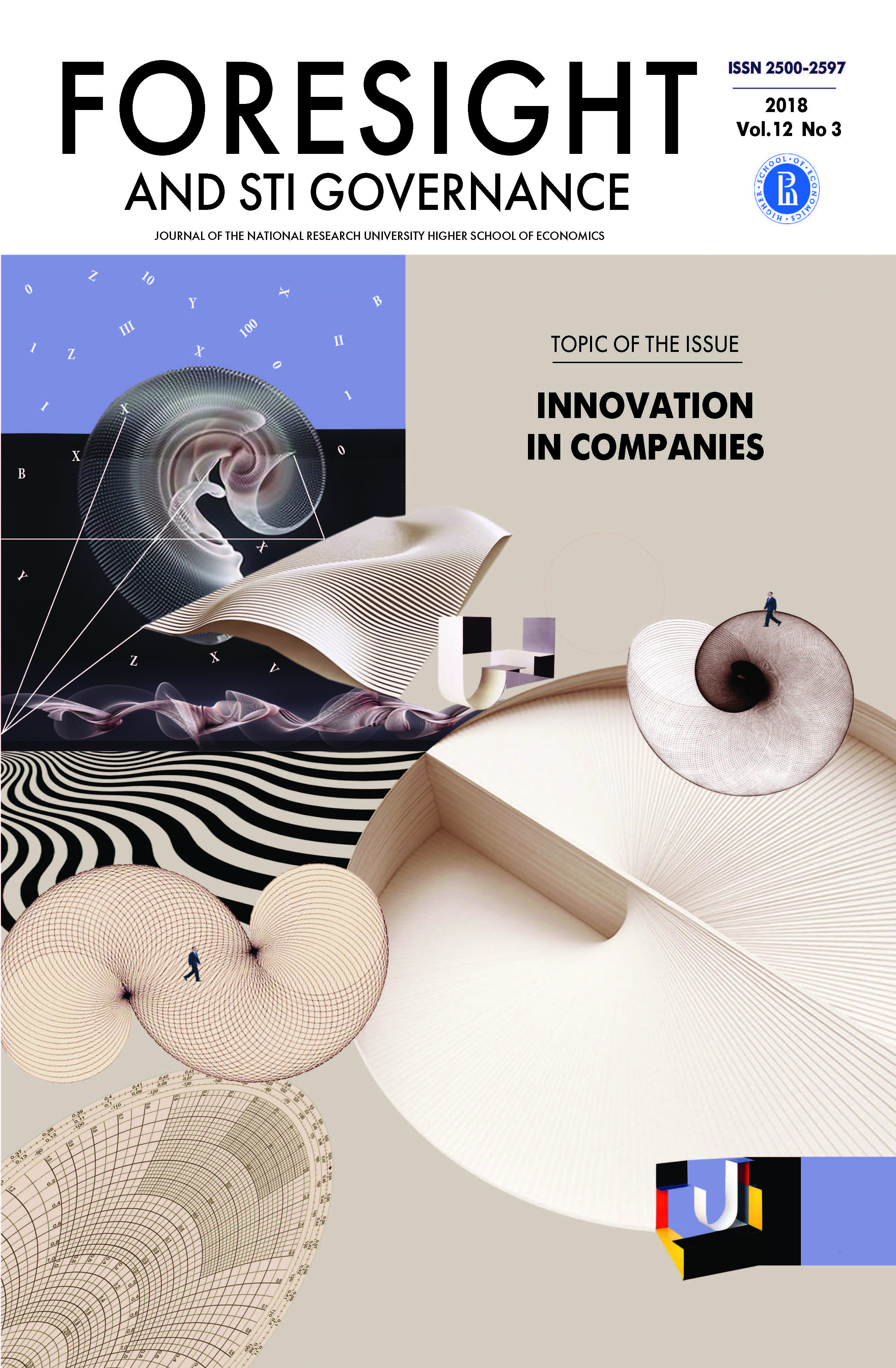Abstract
The present paper investigates the possible future evolution of the Italian power system. In particular, the generation sector is considered by analyzing its recent development, which has been pushed forward by EU regulations which support the deployment of renewables-based power plants. These radical changes will determine a restructuring of the system and it is therefore of fundamental importance to try to understand which trajectories its possible evolution could take according to different market and economic conditions. To this aim, a scenario analysis is implemented in order to determine the strategic implications that the various situations can yield for the generators. As a result, four strategic models are envisaged, namely Traditional Generator, Innovative Generator, Green Generator, and Energy Service Provider.
References
Bianco V., Scarpa F., Tagliafico L.A. (2015) Long term outlook of primary energy consumption of the Italian thermoelectric sector: Impact of fuel and carbon prices // Energy. Vol. 87. P. 153-164.
Bianco V., Scarpa F., Tagliafico L.A. (2017) Estimation of primary energy savings by using heat pumps for heating purposes in the residential sector // Applied Thermal Engineering. Vol. 114. P. 938-947.
Bradfield R., Wright G., Burt G., Cairns G., Heijden K. (2005) The origins and evolution of scenario techniques in long range business planning // Futures. Vol. 37. № 8. P. 795-812.
Cludius J., Hermann H., Matthes F.C., Graichen V. (2014) The merit order effect of wind and photovoltaic electricity generation in Germany 2008-2016: Estimation and distributional implications // Energy Economics. Vol. 44. P. 302-313.
Da Silva P., Figueiredo N. (2017) Renewables optimization in energy-only markets // Analysis of Energy Systems. Management, Planning and Policy / Ed. V. Bianco. Boca Raton: CRC Press. P. 149-169.
ENTSO-E (2018) Ten Years Network Development Plan. Режим доступа: https://www.entsoe.eu/major-projects/ten-year-network-development-plan/planning-studies/Pages/default.aspx, дата обращения 03.03.2018.
European Commission (2018) Energy Strategy and Energy Union. Secure, Competitive, and Sustainable Energy. Режим доступа: https://ec.europa.eu/energy/en/topics/energy-strategy-and-energy-union, дата обращения 05.03.2018.
Franco A., Salza P. (2011) Strategies for optimal penetration of intermittent renewables in complex energy systems based on techno-operational objectives // Renewable Energy. Vol. 36. № 2. P. 743-753.
Gianfreda A., Grossi L. (2012) Forecasting Italian electricity zonal prices with exogenous variables // Energy Economics. Vol. 34. № 6. P. 2228-2239.
Guerci E., Fontini F. (2014) The impact of the introduction of nuclear power on electricity prices in a power exchange-based liberalised market // Progress in Nuclear Energy. Vol. 71. P. 52-60.
Hogan M. (2017) Follow the missing money: Ensuring reliability at least cost to consumers in the transition to a low-carbon power system // The Electricity Journal. Vol. 30. № 1. P. 55-61.
Horner N., de Paula Oliveira A.G., Silberglitt R., Poppe M.K., Bressan Rocha B. (2016) Energy foresight, scenarios and sustainable energy policy in Brazil // Foresight. Vol. 18. № 5. Р. 535-550.
Kuzminov I., Bereznoy A., Bakhtin P. (2017) Global energy challenges and the national economy: Stress scenarios for Russia // Foresight. Vol. 19. № 2. Р. 174-197.
Lochner S. (2011) Modeling the European natural gas market during the 2009 Russian-Ukrainian gas conflict: Ex-post simulation and analysis // Journal of Natural Gas Science and Engineering. Vol. 3. № 1. P. 341-348.
Lochner S., Dieckhoner C. (2012) Civil unrest in North Africa - Risks for natural gas supply? // Energy Policy. Vol. 45. P. 167-175.
Peterson G.D., Cumming G.S., Carpenter S.R. (2003) Scenario planning: A tool for conservation in an uncertain world // Conservation Biology. Vol. 17. № 2. P. 358-366.
Richter P.M., Holz F. (2015) All quiet on the eastern front? Disruption scenarios of Russian natural gas supply to Europe // Energy Policy. Vol. 80. P. 177-189.
Sensfuss F., Ragwitz M., Genoese M. (2008) The merit-order effect: A detailed analysis of the price effect of renewable electricity generation on spot market prices in Germany // Energy Policy. Vol. 36. № 8. P. 3086-3094.
Smith W.J. (2013) Projecting EU demand for natural gas to 2030: A meta-analysis // Energy Policy. Vol. 58. P. 163-176.
Vespucci M.T., Innorta M., Cervigni G. (2013) A Mixed Integer Linear Programming Model of a Zonal Electricity Market with a Dominant Producer // Energy Economics. Vol. 35. P. 35-41.

This work is licensed under a Creative Commons Attribution 4.0 International License.

